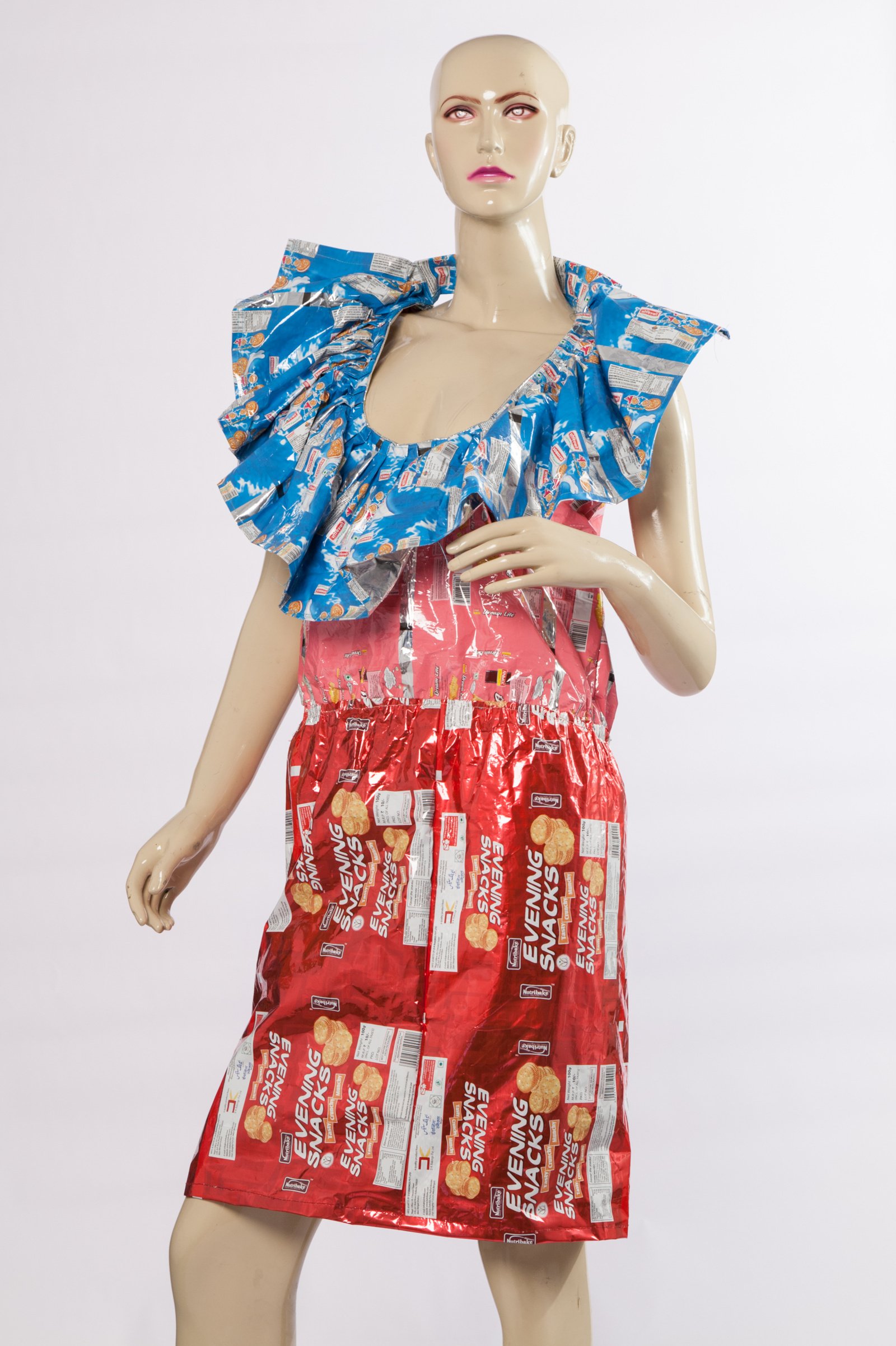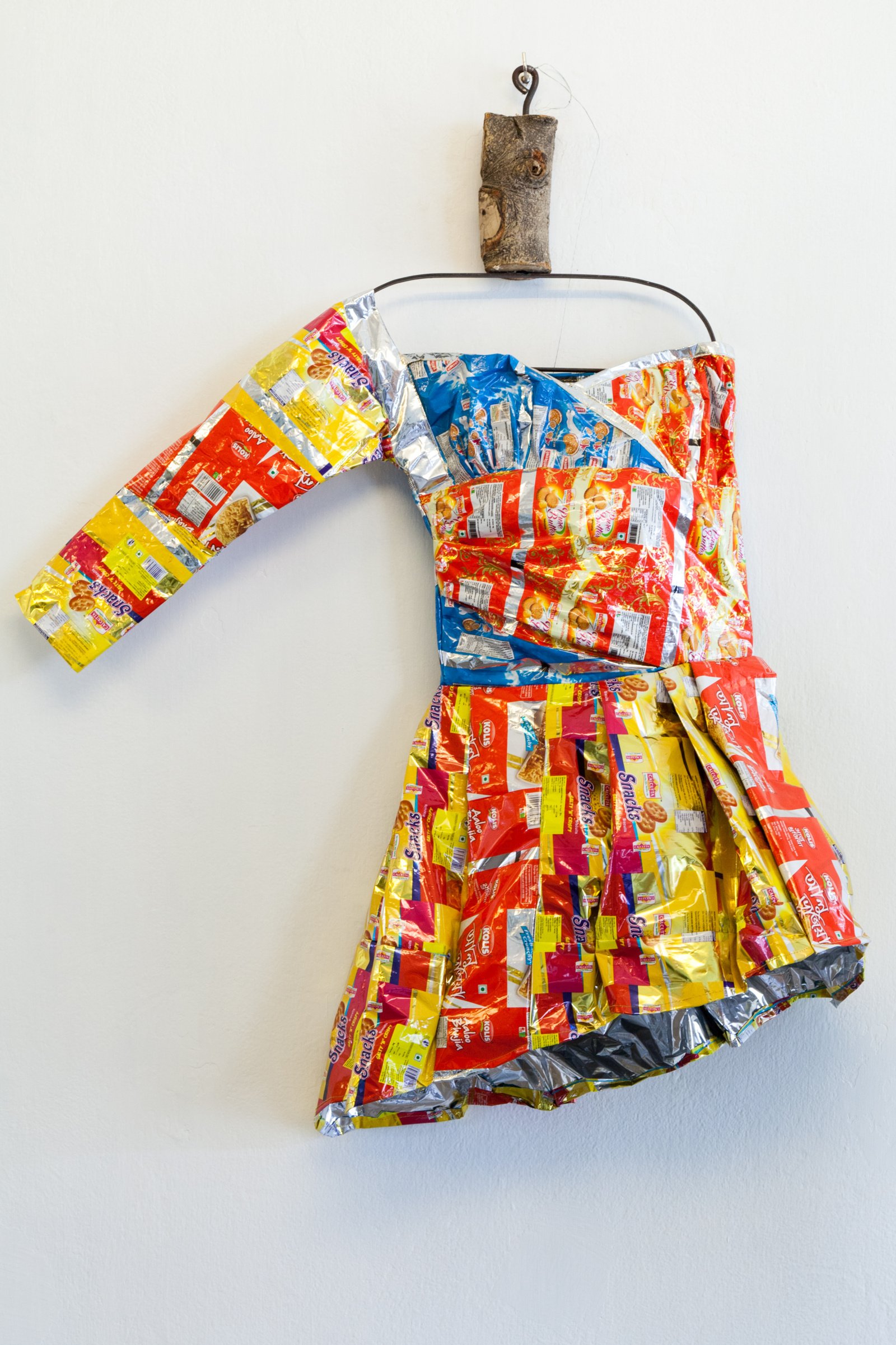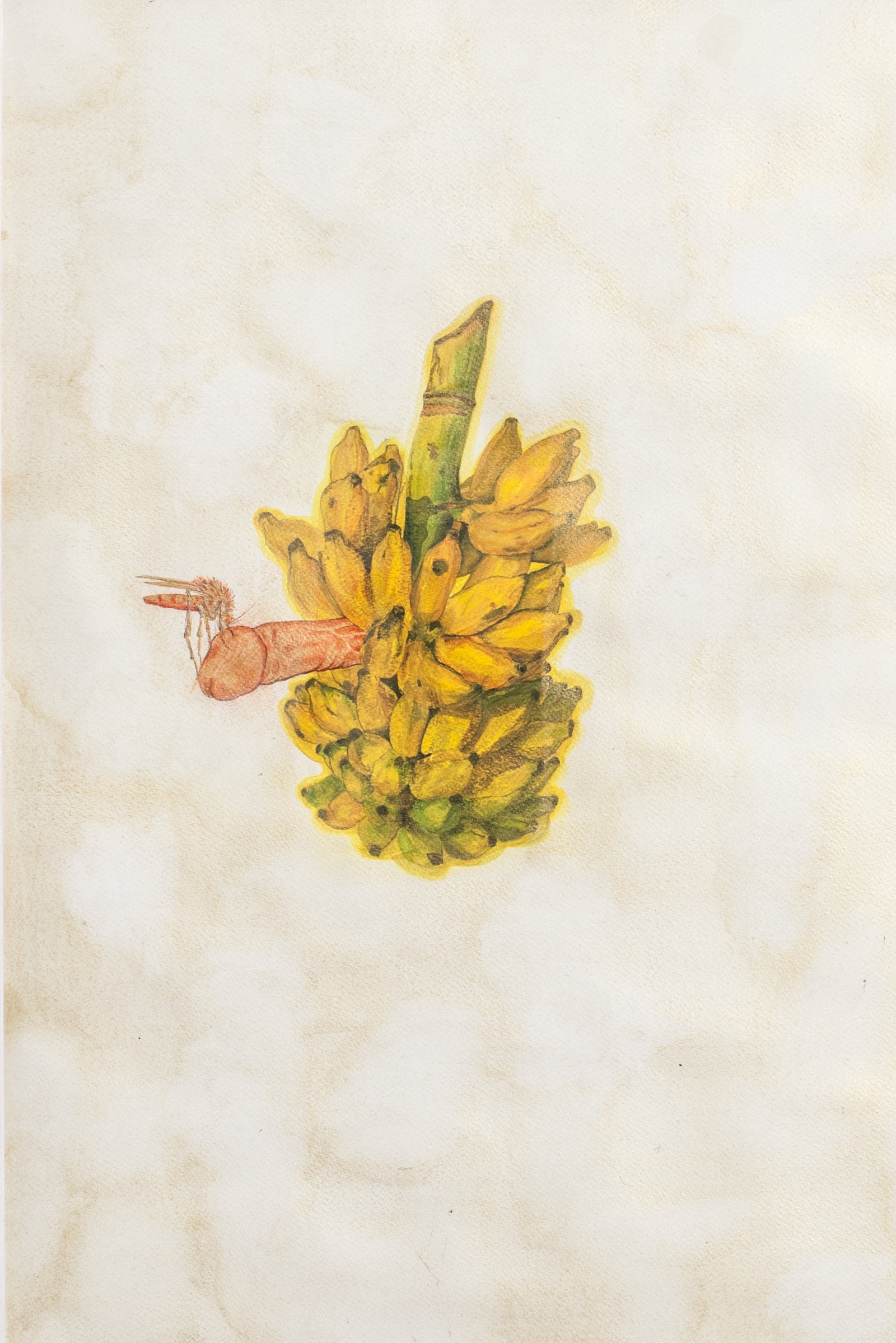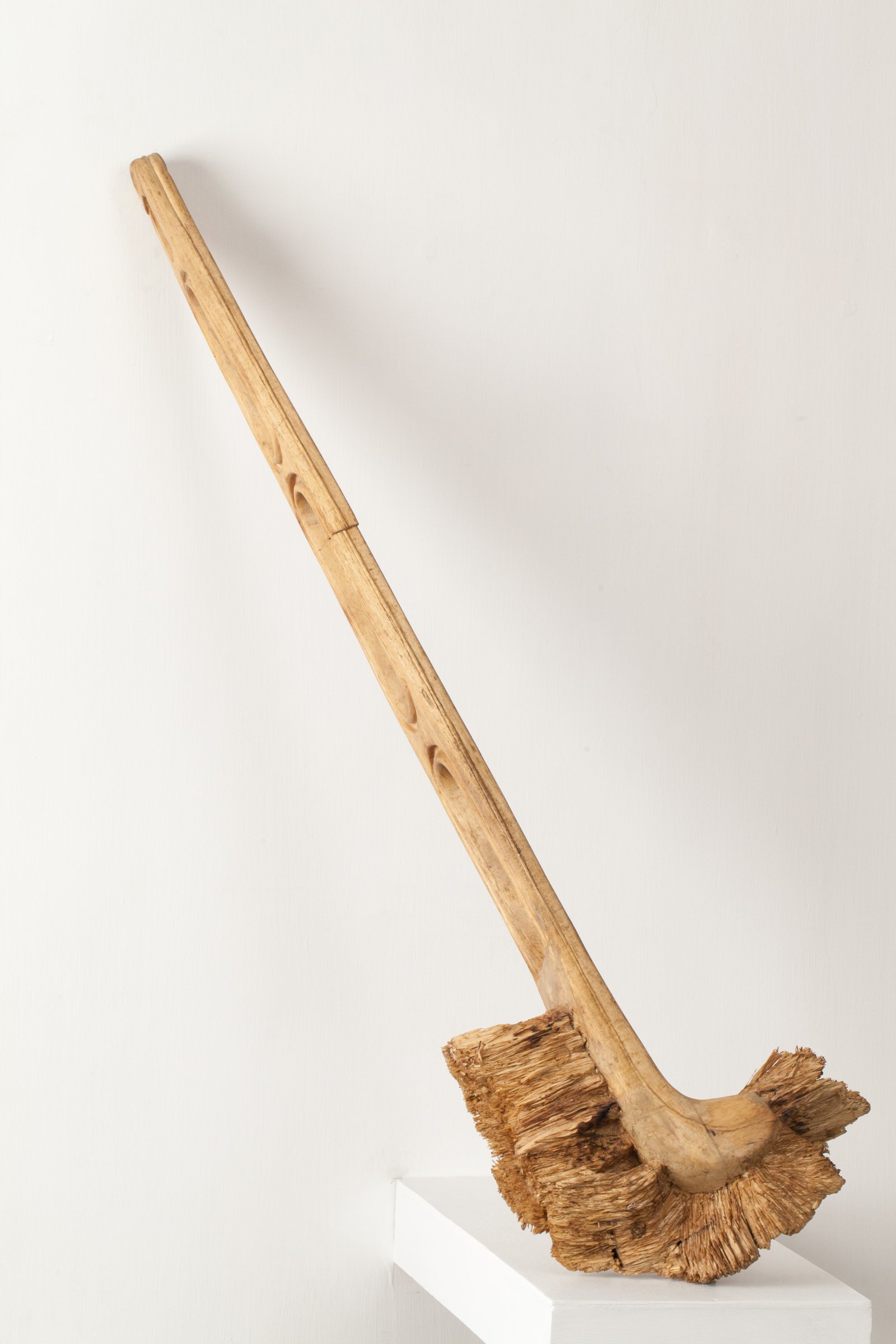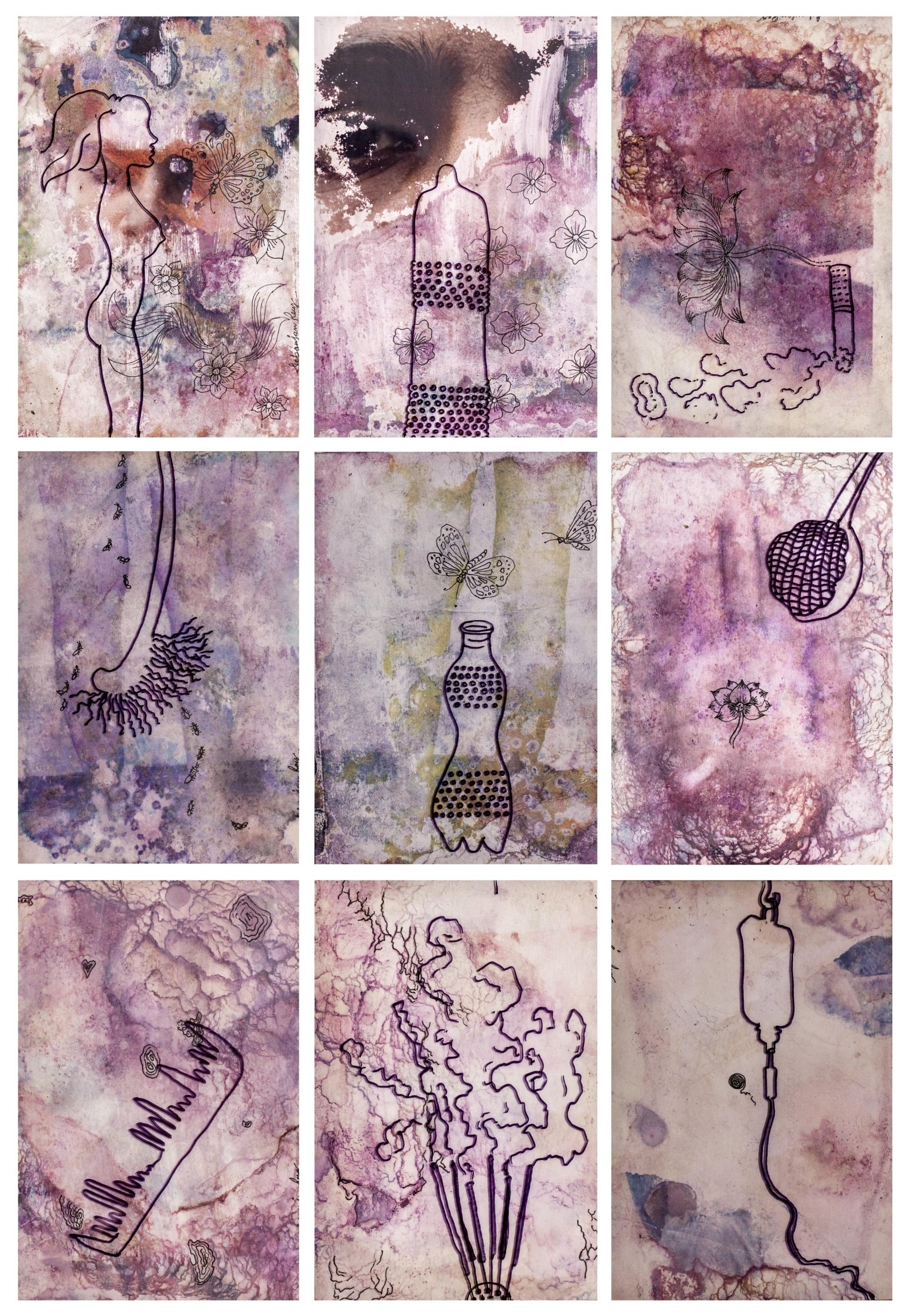
Waste Side Story by Debanjan Roy
March 22 - April 18, 2014 at Akar Prakar, Kolkata
‘Waste not – Want not’ must seem to be a predictably hackneyed adage to begin a study of an oeuvre, dedicated clearly and evidently to the idea/s of waste. However clichéd though, this aphorism lends to multiple connotations and interpretations – all crucial - when sieved through the matrices of socio-cultural, political and economic complexities.
The very idea of waste, if one were to analyze closely, is markedly different from that of the redundant – in itself a relative concept: For unlike the latter, it contains within itself possibilities and potentials beyond the subjectivity of its perceived utility. In this connection, one cannot help but hark back to Abananindranath Tagore’s sage words of wisdom to his grandson, Mohanlal Gangopadhyay – ‘Jaake raakho, shei raakhe’, roughly trans-phased as, ‘That which you keep, keeps you’. Indeed, these were not mere cautionary words – the artist-poet lived by this simple philosophy that ultimately culminated in that brilliant book of his - ‘Katum Kutum’ – a delightful example of what ‘wastes’, when ‘wanted’ and nurtured, could cumulatively produce; what immense possibilities they could blossom into, transcending myopic functionality to achieve unimagined aesthetic qualities.
In common understanding, waste is understood to be that which has overrun its utility in the larger scheme of things – whereby it could thus be a tangible object, a service or a service-provider – human or non-human. And what does one do with something that no longer serves any purpose? That is a crucial issue to mull over – for in the analysis of the same, one might get close to understanding the very idea of that around which this show revolves.
“Objects”, writes Susan Pearce, “have a finite life-span…There is a moment when each object is ‘finished’, that is, when the manufacturing processes necessary to its creation have been completed…Objects can have complicated life-cycles in which part of their time is passed in enjoying some kind of regard, part as garbage or semi-garbage in discard dumps…and part resurrected by archaeological processes or by shifts in taste, to be reinstated in museum collections and the like.” A shift in consumer tastes, thus, is central to the whole process of transformation of an object from one of utility to one of rubbish. What is even more interesting is that, as Pearce continues, “(The) remaining and disjointed parts (of objects already deemed rubbish) become again raw material, sometimes to be deliberately reused…and sometimes coming to degradation so complete”…that it is difficult to recognize its original form. The whole cycle, therefore, brings us close to Plutarch’s famous paradox of Theseus’ ship.
Different influences as these perhaps helped mould the larger vision of Debanjan Roy, when he chose to depict wastes, from different sections of our immediate surroundings, through mediums as varied as drawings, sculptures and quirky installations. Most of his drawings, literally portraying useless objects such as toilet-cleaning brushes, are however laced with subtle undertones of sexual allusions – suggesting how the idea of waste could be carried beyond the immediacy of tactility, extending to ideas of dominance, hegemony, oppression and suppression. All of these could be the results of ‘a’ particular type of society – its political hue tinted with multiple identities of gender, class or religion. The fact that he keeps this zone a grey one makes the works even more alluring.
Paroma Maiti
Debanjan Roy | Banana Tree | Waste rubber tubes, Fiber glass & steel structure | 210 x 132 x 132 in | 2013
Debanjan Roy | Haute couture | Waste packaging plastics, wood, iron, latex print with matte lamination on vinyl & sunboard | 2014
Debanjan Roy | Haute couture | Waste packaging plastics, wood, iron, latex print with matte lamination on vinyl & sunboard | 2014
Debanjan Roy | Haute couture | Waste packaging plastics, wood, iron, latex print with matte lamination on vinyl & sunboard | 2014
Debanjan Roy | Haute couture | Waste packaging plastics, wood, iron, latex print with matte lamination on vinyl & sunboard | 2014
Debanjan Roy | Haute couture | Waste packaging plastics, wood, iron, latex print with matte lamination on vinyl & sunboard | 2014
Debanjan Roy | Haute couture | Waste packaging plastics, wood, iron, latex print with matte lamination on vinyl & sunboard | 2014
Debanjan Roy | Haute couture | Waste packaging plastics, wood, iron, latex print with matte lamination on vinyl & sunboard | 2014
Debanjan Roy | Haute couture | Waste packaging plastics, wood, iron, latex print with matte lamination on vinyl & sunboard | 2014
Debanjan Roy | Banana Flower | Watercolor on paper | 29.5 x 20.75 in | 2014
Debanjan Roy | Mosquito Biting | Watercolor & acrylic on paper | 29.5 x 20.75 in | 2014
Debanjan Roy | Comb | Watercolor on paper | 11 x 7.5 in | 2014
Debanjan Roy | Razor | Watercolor on paper | 11 x 7.5 in | 2014
Debanjan Roy | Toothpaste | Watercolor on paper | 7.5 x 11 in | 2014
Debanjan Roy | Self | Photography | 7 x 5 in | 2014
Debanjan Roy | Toilet brush | Watercolor on paper | 11 x 7.5 in | 2014
Debanjan Roy | Woodpecker & Butterfly on golden toilet brush | Watercolor & acrylic on paper | 29.5 x 20.75 in | 2014
Debanjan Roy | Project Swapna I | Pen & ink on paper | 22 x 30 in | 2014
Debanjan Roy | Project Swapna II | Pen & ink on paper | 22.25 x 30 in | 2014
Debanjan Roy | Refrigerator | Wood | 43 x 22 x 9 in | 2014
Debanjan Roy | Refrigerator | Wood | 43 x 22 x 9 in | 2014
Debanjan Roy | Plastic Glass | Wood | 34 x 11 x 11 in | 2014
Debanjan Roy | Mosquito Repellent | Wood | 15 x 11 x 12 in | 2014
Debanjan Roy | Tea Strainer | Wood | 34 x 14 x 3 in | 2014
Debanjan Roy | Large Bottle | Wood | 31 x 9 x 9 in | 2014
Debanjan Roy | Comb | Wood | 44 x 9 x 2 in | 2014
Debanjan Roy | Doll | Wood | 59 x 14 x 17 in | 2014
Debanjan Roy | Toilet brush | Wood | 35 x 10 x 3 in | 2014
Debanjan Roy | Fish chopping stick | Wood | 12.5 x 2.5 x 2.5 in | 2014
Debanjan Roy | Wafer Packets | Wood | 2014
Debanjan Roy | Saline bottle | Wood | 65 x 7 x 5 in | 2014
Debanjan Roy | Strainer | Pen & ink on paper | 14.75 x 10.75 in | 2014
Debanjan Roy
Debanjan Roy (b. 1975) completed his Bachelor of Arts in Visual Arts (Sculpture) from Rabindra Bharati University, Kolkata, in 1998, and Masters in Visual Arts (Sculpture) from Rabindra Bharati University, Kolkata, in 2000. In 2016, he was also the artist in residence at the Château De La Napoule, Nice, under the Asiatic Museum, Nice, France, in collaboration with Akar Prakar, India.
Some of his recent solo shows include Toying with Gandhi, Akar Prakar, 2021 & 2019; Metamorphosis, Akar Prakar, New Delhi and France, 2015; Waste Side Story, Akar Prakar, Kolkata, 2014; The Altar of Convenience, Aicon Gallery, New York, 2013; Looking for Bapu, Akar Prakar, Ahmedabad and Kolkata, 2010.
Debanjan has participated in several group shows including Multitudes & Assemblages for Hub India at Accademia Albertina di Belle Arti, Turin, Italy, 2022; Sightings: Out of the wild, KNMA Noida, 2019; Seattle Art Museum, USA; Bangladesh Art Biennale, Dhaka, 2013; Vermont Studio Centre Residency Open Studio show, Johnson, USA, 2011 and 2012; Enduring Legacy, Berlin and Munich, Germany; Reprise Aicon Gallery, London; and Who has seen Mr. Gandhi? at Tangerine, Bangalore, 2010, to name a few. He has been awarded the Navonmesha Puraskar by Lath Sarvodaya Trust, Kolkata 2005; Nirman Art Award, Kolkata, 2004; Lalit Kala Akademi Scholarship, New Delhi 2002; Junior Fellowship, Ministry of Tourism and Culture, Govt. of India, among other honours. The artist lives and works in Kolkata, India.




